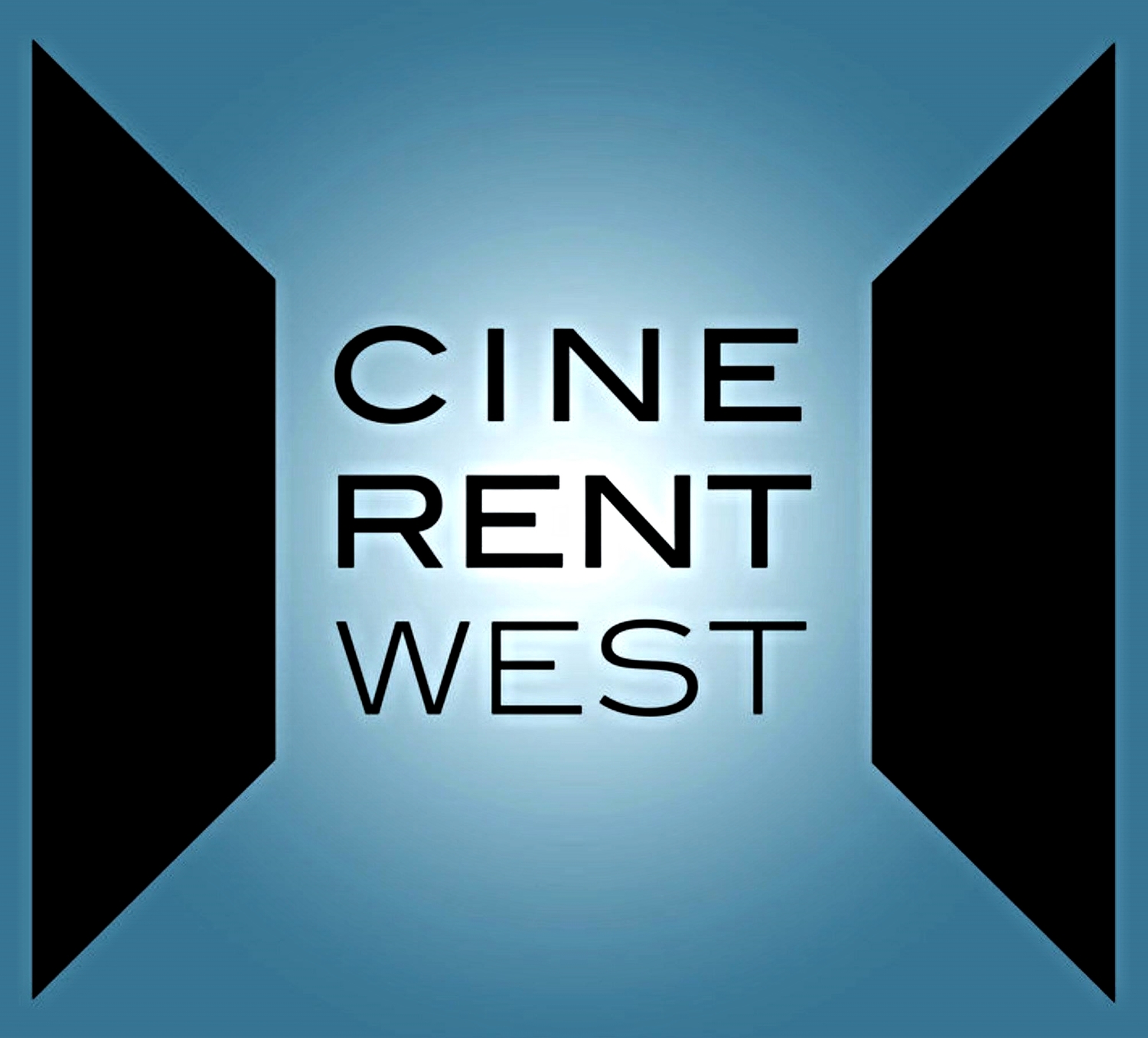The Art of the Live Stream
/Remember what it was like to stand shoulder to shoulder with strangers? Concerts, festivals, tradeshows, expos, launch parties, you remember? Prior to pandemic life, experiential marketing through live events was a bread-and-butter layup for many ad agencies, but nowadays, it’s all about the live stream.
Luckily, our studio is literally right down the street from our friends over at MeyerPro. They have all the audio/video/broadcast gear you could ever dream of and they also know how to use it!
Partnering with them in our controlled studio environment has created the perfect live stream setup for a host of clients over the past year. Since live event streaming has only become more common, and it looks like it’s here to stay, we thought it would be fun for the MeyerPro team to drop some knowledge and help us all feel a little more saavy. Here are some important takeaways to implement on your next live stream project:
Remote Onscreen Talent
You never know what you’re going to get with remote onscreen talent, so it’s important that you test their video and audio before the event goes live. Their picture, sound and lighting will most likely be all over the place, so they may need to move to a different room with better lighting or connect earbuds to avoid feedback from their laptop microphone.
Internet Speed
10Mbps is the bare minimum speed required for a successful live stream. Not just on site from your location, but for any remote onscreen talent as well. Use an ethernet cable and avoid WIFI for a more dependable connection.
The Power of the Pre-Record
Any content that can be pre-recorded should be pre-record. While that concept doesn’t sound very “live”, it will undoubtedly make for a smoother production that looks just as “live”. Not only does this take some stress away from the crew, but it gives you the opportunity to pick from a number of takes, allowing you to edit together the best of the best. Pre-records are especially useful for any long dialog that requires a teleprompter, or any artistic performances that require a higher level of control. It also, creates an environment where you have less people in the studio, which benefits health and safety.
Pre-Production
Proper planning is the most important part of pre-production. This is the oil that keeps the gears turning! A little rehearsal on the script will go a long way with the crew and talent beforehand. This will give you the chance to make sure the overall message is being clearly communicated in a way that engages your audience.
Client Communication
There is a lot more to it than just starting up Zoom and sending out email invites, which is why virtual events take time to get right. Manage your client’s expectations by helping them see the end result. A better understanding of their vision will allow you to fine tune your technical process and achieve the project’s goals.


